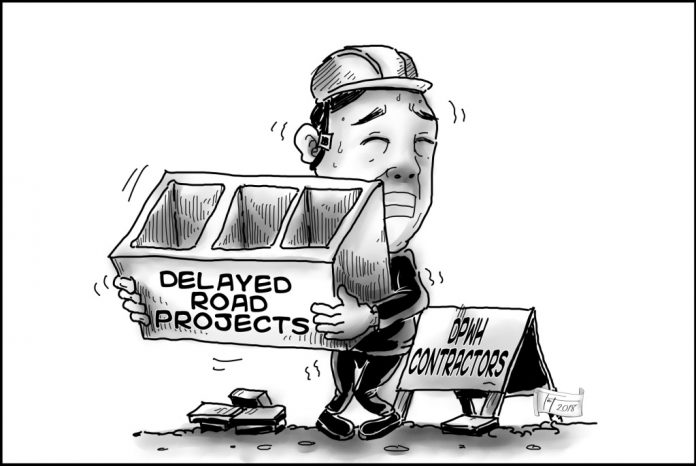
WILL there be a “soft opening” for Boracay Island this September? If conditions are met, according to Assistant Secretary Epimaco Densing of the Department of Interior and Local Government. The conditions include dismantling all establishments that violate restrictions on easement and half of structures build on wetlands.
Authorities should set loftier and long-term goals to preserve Boracay. The Department of Environment and Natural Resources (DENR) should make it a model for ecological solid waste management (ESWM). But how? By the stronger implementation of Republic Act (RA) 9003 or the Ecological Solid Waste Management Act.
The truth is that DENR should have exercised utmost vigilance in monitoring compliance to or violation of environmental laws such as RA 9003 and the Clean Water Act (RA 9275) in Boracay long ago, but it did not. And so we are dealing with an island with lots of environmental challenges.
But it’s not too late to make Boracay a model green island that exercises the elements of a blue economy, respecting and protecting the water around it. In fact, every community can be “green” if only local governments are assiduous in ensuring full compliance to RA 9003 down to the grassroots. According to the DENR, there are still 420 local government units with open dumpsites, which are prohibited under the ESWM Law.
There is no other way to reverse the environmental degradation of Boracay – and other areas for that matter – but to strengthen the implementation of the ESWM Law and ensure that all barangays in the country are compliant. We know this is a herculean task but this is not impossible. For example, the materials recovery facility in communities need not be expensive. These should be made only from recycled and indigenous materials. Yes, there is hope for Boracay.





